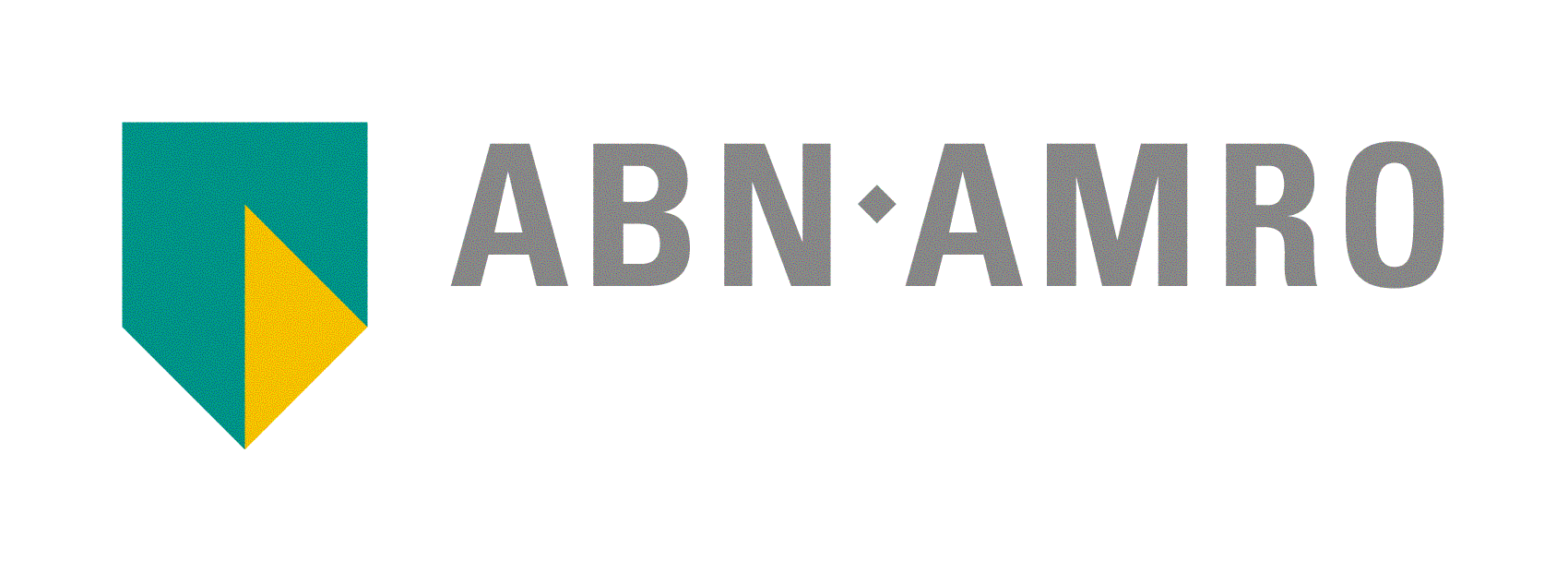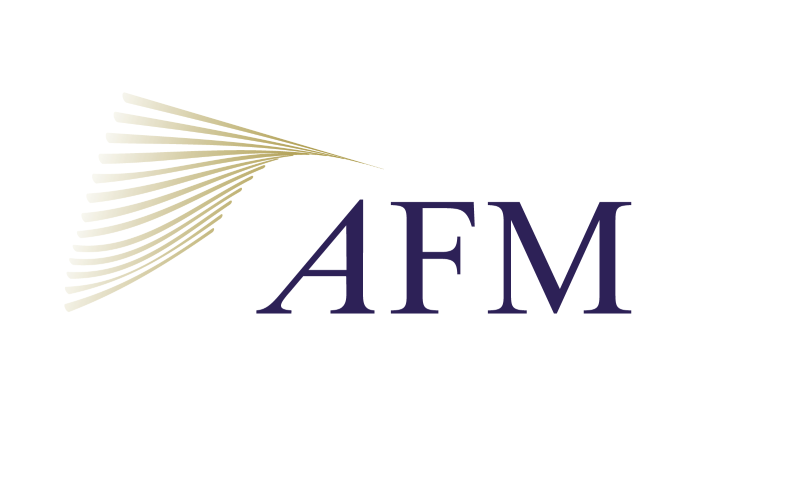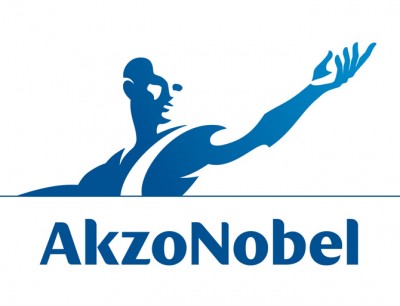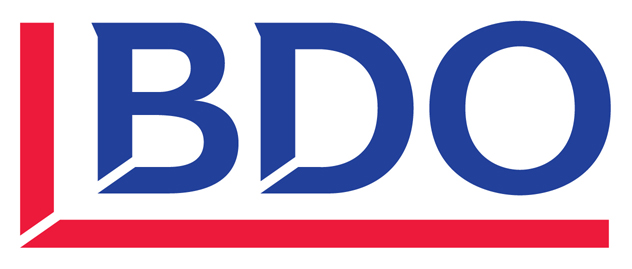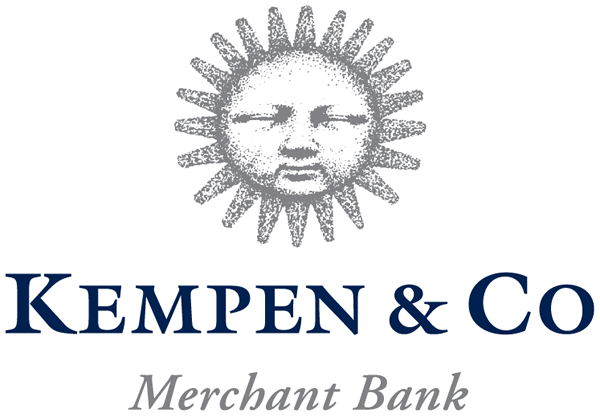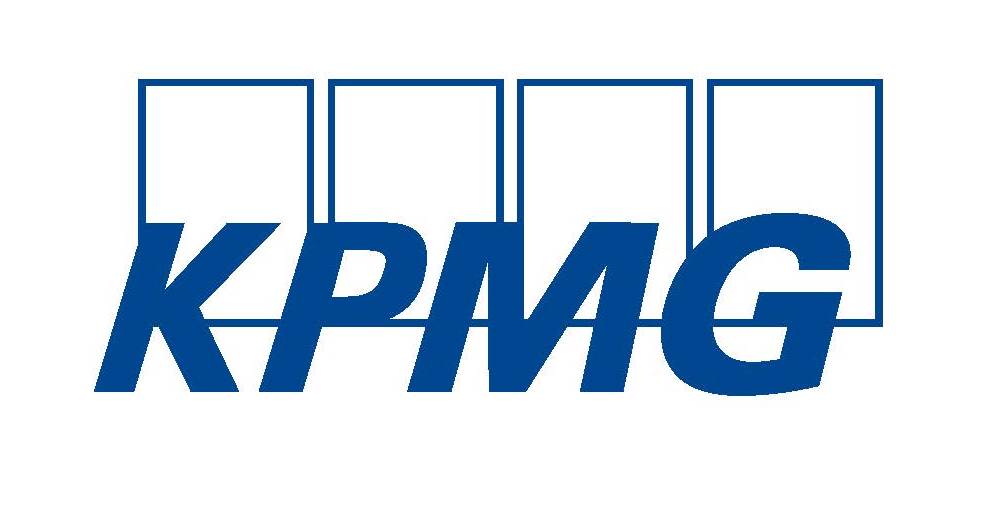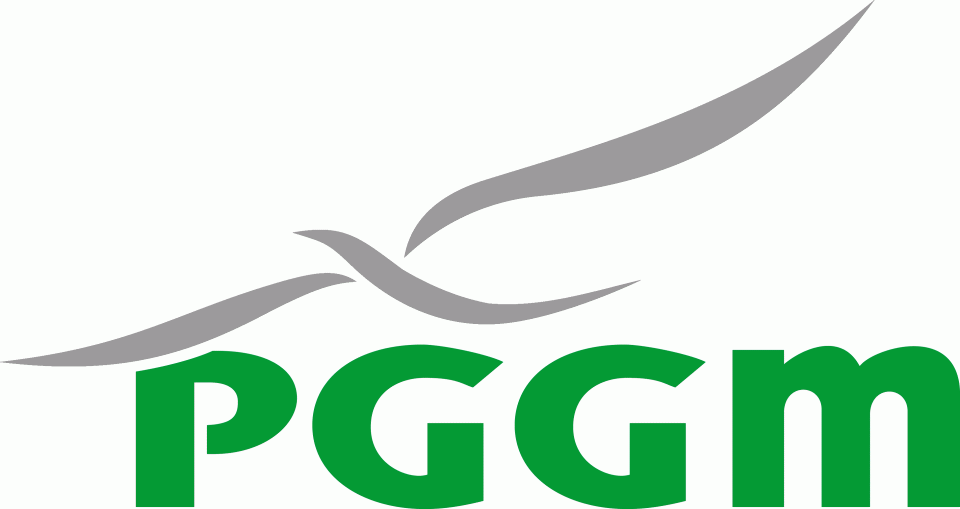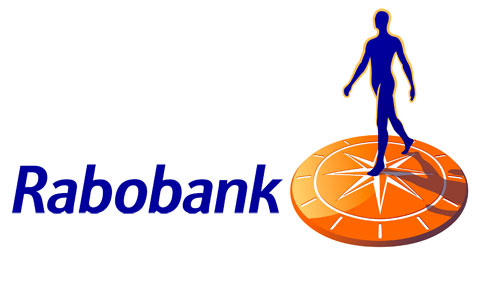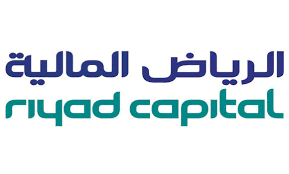A Finance Perspective of M&As and Corporate Control introduces participants to the intersection of practice and financial economics theory focused on mergers and acquisitions (M&A) and related corporate control changing events, such as levered buyouts. The 3-day program provides the necessary quantitative tools to understand and apply the financial side of preparing the deal. It will cover both public and private deals involving large corporations and SMEs as common market participants. The program emphasizes the importance of valuation techniques, deal structure and bid strategies, financing and payment choices, managerial conduct, and offers analyses on deal proposals stressing the importance of value creation.
Typical topics include valuation models, such as DCF and ratio analysis, capital structure, and financing choices, designed specifically for evaluating M&A transactions, corporate restructurings, or levered buyout opportunities. To this end, the course will cover the issue of debt capacity and the benefits and complexities involved with highly levered transactions, implications of various deal terms, such as those related to the form of the transaction and the form of payment. Emphasis here is placed on risk-mitigation and establishing the parameters for win-win deals.
The program will also provide the participants with a brief overview of the empirical evidence on M&A transactions from both a practitioner’s point of view and as it has emerged over the last three decades in the academic corporate finance literature. Time permitting, peripheral topics, such as anti-takeover mechanisms and the role of shareholder activism in M&A, may be included as well.
The program will provide the participants with a finance-based theoretical framework and its practical implications surrounding the issue of M&A. Participants will participate in discussions and work on several short quantitative and analytical group exercises that cover both European and US scenarios, further illustrating the materials discussed. Throughout the course, participants work on a comprehensive case project, to be discussed during the final part of the program. In this case, participants serve as a financial consultancy team to the CEO of a private company, seeking to expand through an acquisition. The team will prepare an analysis of the value consequences of this deal as well as offering recommendations on deal structure, offering terms, and financing.
Designed to be often technical and quantitative in nature, the program assumes a base-level knowledge of valuation methods in finance, including the concept of free cash flows, cost of capital, asset pricing models of risk and return, such as the CAPM and empirical factor-models. Experience in corporate finance, capital markets, or investment management is recommended but not required.
How you will benefit
- Understand shareholder wealth maximization as an objective framework in finance
- Understand the importance of defining success in M&A and the role of valuation models
- Explore several cash flow and balance sheet models for valuing and structuring a deal
- Understand the tradeoffs between forms of payment and equity and debt financing
- Recognize and exploit unused debt capacity
- Understand the major differences and challenges between public and private deals
- Understand the role of liquidity discounts and control premia
- Examine the types of debt and equity best suited to the acquirer’s and target’s objectives
- Strengthen bargaining and deal design in acquisition finance and merger advisory work
- Understand the role of collars, toeholds, earn-outs and termination fees for risk mitigation
- Gain the expertise to enter the financing process with confidence and skill
“Prof. Schlingemann is one of only a handful of experts I have met in 20 years of practice who has both the technical expertise to delve into details and the ability to convey information in a very understandable organized way. The lectures were full of reminders of past transactions and the complex issues which arose in practice, and Prof. Schlingeman not only had the insight to point out these but also offered solutions and analysis which exceeded expectations. A course worth every penny spent!”
Senior Legal Counsel Rabobank, The Netherlands
Goals and objectives
This program presents an introduction to the current quantitative tools and concepts in finance related to evaluating M&A, corporate restructurings, and highly leveraged transactions. We consider valuation and the choice between debt, equity or other securities when financing a deal and consider the firm’s debt capacity. We also look deeper into specific valuation issues when dealing with cross-border deals and highly-levered transactions These various perspectives are combined with an emphasis on the creation of value for equity holders, but also consider the effects deals may have on other stakeholders.
The program begins with an overview of valuation methods relevant to acquisition finance and a discussion of how leverage can create or destroy value. The program then proceeds with lectures and examples to present a framework for the analysis of highly leveraged transactions. Particular attention is given to capital structure considerations. During the second and third day of the program, several important topics in M&A are discussed, such as risk mitigation in M&A deals, the link between theory and the empirical evidence on M&A, and other practical considerations in M&A deal design.
The specific aims of the program are to:
- Provide a quantitative framework for critically evaluating M&A from a finance perspective (governance, valuation, corporate control). It will survey the tools and analytics that could be employed in assessing the deal terms and the (hidden) alternative terms. The emphasis is on practical means of developing a “view” about these proposals.
- Help understand the impact of leverage on a deal and assess associated challenges in valuation and risk analysis. Key goals are to understand possible opportunities for transaction design, to think critically about the specifics of financing, and to anticipate the implications of deal design for success, measured both in completion of the deal and its long-term value.
- Understand bargaining and deal design to further enhance skills in M&A advisory work. The program emphasizes the range of choices confronting the deal designer and the need to make sensible trade-offs in arriving at a successful agreement benefitting both parties (win-win deals).
- Put the framework and techniques to the test using a case-based acquisition scenario working in a team. While theoretical in its foundations, the proof of the pudding is in the eating! During the three days, team(s) will work on creating a DC F analysis on a proposed deal and prepare recommendations on deal structure, offering terms, and financing.
Program length
3 days
| Day 1 | 09:00 – 17:30 |
| Day 2 | 09:00 – 17:30 |
| Day 3 | 09:00 – 17:30 |
Next step
We offer carefully crafted learning paths designed to help you dive deeper into various facets of finance. Take the next step in your professional learning path by choosing one or more of our specialized programs, for example:
- Introduction to M&A and Corporate Control: Overview of the program
- Introductions and teams
- Why a (finance) seminar on M&A and how to define a success?
- Analytical framework and corporate goals
- The Acquisition Process: An Introduction to Deal Design
- Framework: Structure – Conduct – Outcomes
- Underlying forces
- Importance of deal structure
- M&A Valuation
- Valuation methods: Discounted cash flows (DCF)
- Multiples and alternative methods
- Discount rates, cost of capital, and risk (beta)
- Valuing synergies
- EPS accretion and dilution
- Private company valuation
- Valuing liquidity and control
- Capital Structure Theory: A Quick Review
- MM I & MM II and why do we care?
- Levering and unlevering betas
- Terms of the Deal
- Determinants of form of the transaction
- Form of payment
- Financing considerations
- Exchange ratios and win-win deals
- Risk management
- Earnouts
- Floors, caps, and collars
- Other Risk Management tools
- Empirical Evidence on M&A
- Conventional wisdom
- Market responses and NPV
- Event study methodology
- Merger arbitrage
- European & US evidence
- Private (equity) acquirers
- Deal structure: Some final practical issues
- Cross-border acquisitions
- Corporate Governance, shareholder activism & M&A
- Takeover defense mechanisms & anti-trust: EU, UK, and US viewpoints
- High leverage transactions and LBOs
- Adjusted present value (APV) valuation
Program preparation
There is some preparatory work required for this program. Pre-readings consist of case materials, chapters of a book and/or a few articles. These materials will be made available on a password protected webpage a few weeks prior to the program.
To ensure maximum benefit from the program for participant and fellow-participants, we strongly advise to prepare prior to attending.
Read more
> Prof. Schlingemann: ‘Remember: an accurate valuation is not the same as a fair price’
A Finance Perspective of M&As and Corporate Control is an introductory course designed for professionals with a desire to learn more about the finance perspective on M&A, corporate restructurings, and highly levered transactions, such as buyouts or recapitalizations. The course is beneficial for those serving in various roles in and around the organization. For example, senior executives would benefit if they want to be introduced to or better understand the role of M&A in achieving strategic growth considerations. Mid-level managers would benefit if they seek to enhance their involvement in and understanding of the various finance and investment functions in the organization. Finally, the course would be beneficial for anyone in peripheral or external roles that involve financial and legal advising as it relates to M&A strategies.
This program can be taken as a follow-up to AIF’s Mergers and Acquisitions program, which provides more of a birds-eye view on the topic and offers less emphasis on the financial and quantitative aspects of M&A, or as a stand-alone course. Experience in corporate finance (including acquisition finance), capital markets, or investment management is helpful, but not required. However, it is important to note that the course is often technical and quantitative in nature and assumes a base-level knowledge of valuation methods in finance, including the concept of cash flows, cost of capital, asset valuation, and tradeoff models between risk and return, such as the CAPM and empirical factor-models.
Is this program not the right fit for you?
We offer other programs which you might find more interesting or useful, such as:

